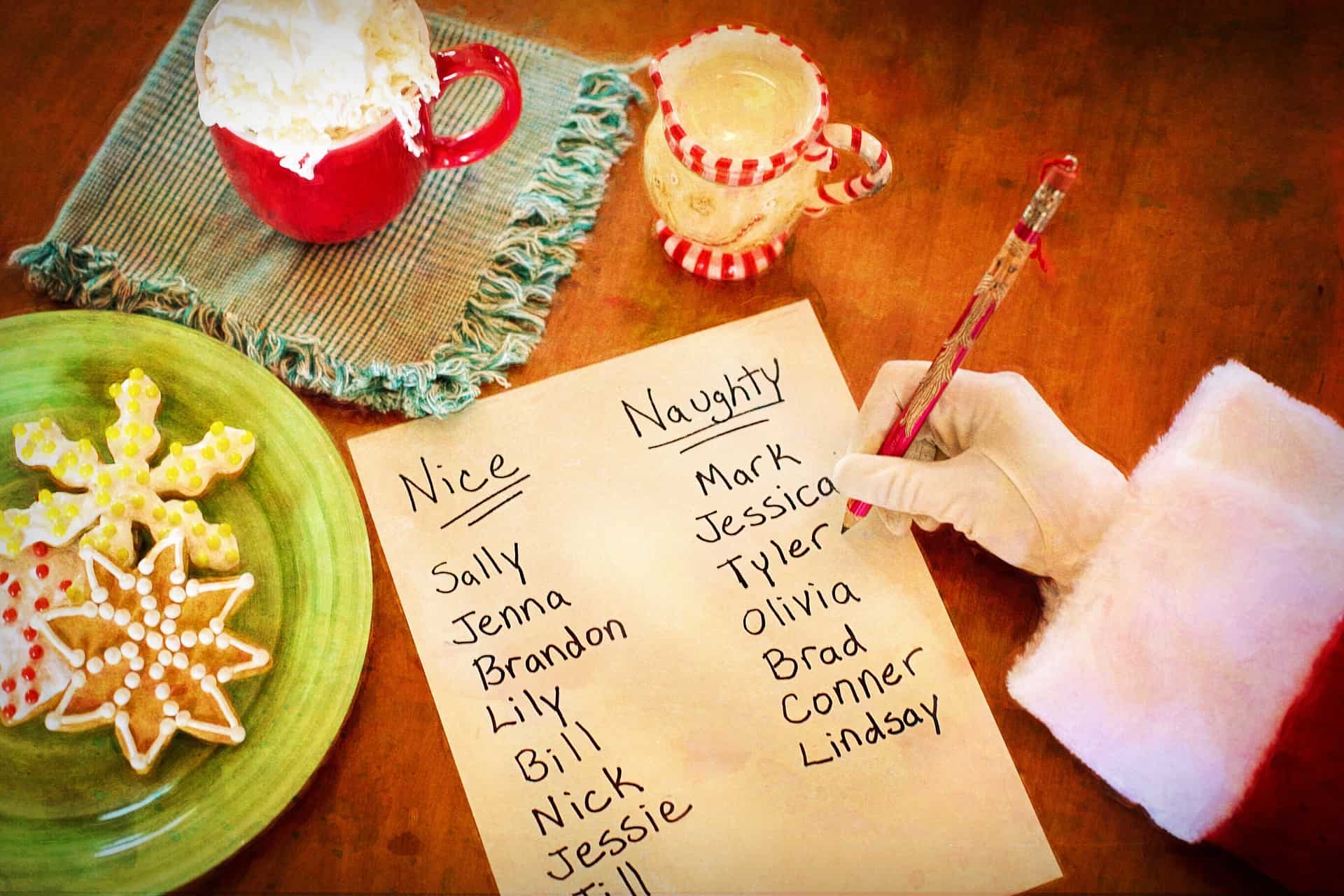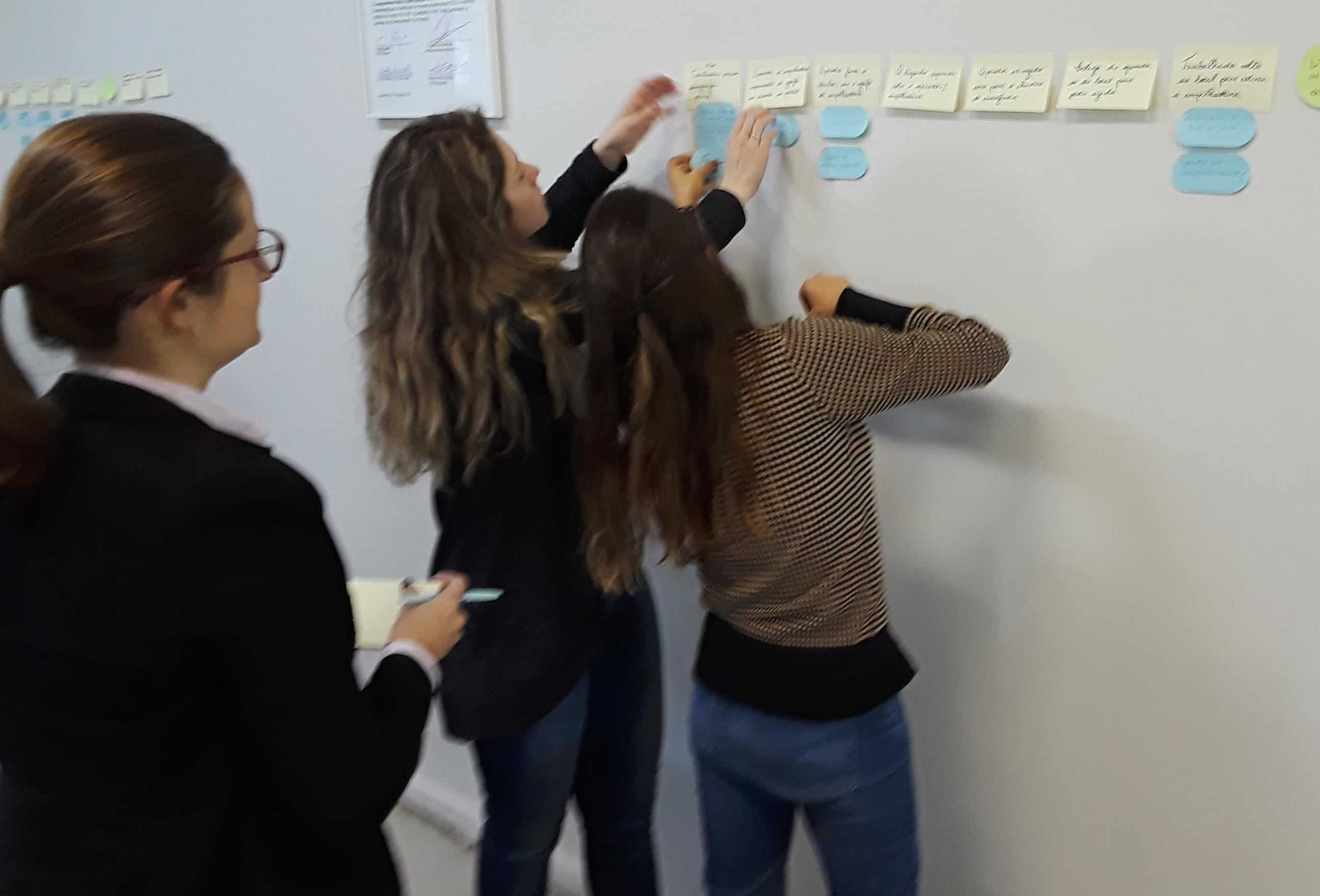The Incident Investigation Interview: 7 Ways to Stay on Santa’s “Nice” List

As the holiday season rolls around, it’s hard not to think about Santa’s infamous “Naughty” and “Nice” lists. But have you ever considered how Santa gathers his intel? Does he rely on solid incident investigation interview techniques, or is it all just hearsay and guesswork? In the world of root cause analysis, investigative interviewing plays a vital role in determining whether you’ve been “nice” by solving problems effectively or “naughty” by letting them spiral out of control.
Here’s how you can ensure your incident investigation interview skills land you on the “Nice” list:
1. Ask Open-Ended Questions
Santa knows better than to ask, “Did you behave this year?” That’s a yes-or-no question that doesn’t provide much insight. Similarly, in investigative interviews, asking open-ended questions or statements like, “Tell me about what you observed” encourages detailed responses and uncovers valuable information.
2. Build Rapport Before Starting the Incident Investigation Interview
If Santa barged in asking questions with no holiday cheer, he’d probably get a frosty reception! Building rapport is key to making interviewees feel comfortable and more likely to share truthful, useful information. Take time to establish trust and show genuine interest in their perspective.
3. Focus on Facts, Not Assumptions
Santa’s list-making might rely on assumptions, but as investigators, we can’t afford to do the same. Stick to gathering facts by asking clarifying questions like, “What happened next?” or “Can you give me an example?” This minimizes bias and ensures a clear understanding of events.
4. Use a Structured Approach
Santa has a checklist, and so should you. Using a structured approach to interviews ensures you don’t miss critical details. Techniques like the TapRooT® 12-Step Interview Process provide a step-by-step framework to guide your interviews and uncover root causes effectively.
5. Document Everything
Santa has elves to help him keep records, but in investigative interviewing, you’re on your own. Take notes to ensure nothing gets lost and offer the interviewee a chance to review them at the end of the interview. Accurate documentation helps piece together the full story and supports your analysis.
6. Practice Active Listening
Being on the “Nice” list requires more than just asking questions; you need to truly listen to the answers. Active listening involves maintaining eye contact, nodding, and paraphrasing what the interviewee says to confirm understanding. This helps you gather richer insights and demonstrates respect for the person you’re interviewing.
7. Stay Neutral and Objective
Santa may play favorites (we’ve all heard about Rudolph), but investigators need to remain neutral. Avoid leading questions or showing bias. Let the evidence guide your conclusions, not preconceived notions.

BONUS: Top 3 “Naughty” Mistakes to Avoid in an Incident Investigation Interview
Now we know what it takes to stay on the “Nice” list – let’s cover the top three mistakes that will put you on the “Naughty” list!
- Interrupting: Cutting someone off can disrupt the flow of information and damage rapport.
- Assuming: Jumping to conclusions can lead to incorrect findings and missed details.
- Blaming: Creating a blame-focused atmosphere can make interviewees defensive and less forthcoming.
The Takeaway
Investigative interviewing skills aren’t just for detectives; these are skills every problem-solver needs. By honing these techniques, you’ll ensure that your interviews uncover the true root causes of issues, leading to better solutions and long-term improvements. Best of all, you’ll secure your spot on the “Nice” list in your organization, earning trust and respect for your professional approach.
So, as you finish your year-end assessments, ask yourself: Are your investigative interviewing skills worthy of Santa’s “Nice” list? Or is it time to brush up and leave those naughty habits behind? Either way, there’s no better time than now to improve.
What do you think? What best practices do you use for investigative interviewing?
Learn More “Dos” and “Don’ts” of Evidence Collection
With just a 4 – 5 hour investment of time, you can improve your evidence collection skills in our self-guided, online course. Once you register for this virtual training, you have two weeks to complete the course on your schedule.
Come away with the knowledge and skills required to collect evidence and conduct effective interviews during an incident investigation.



